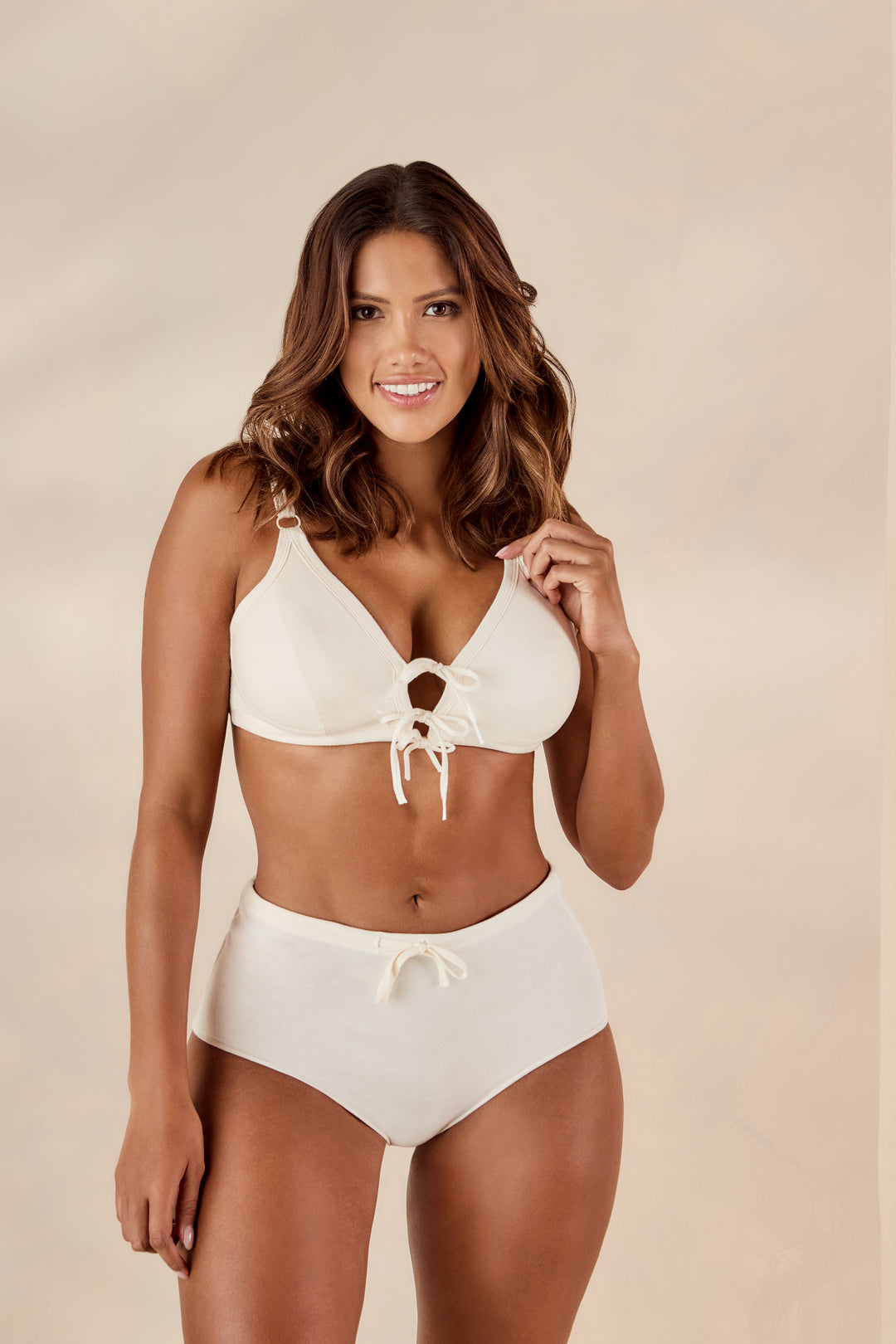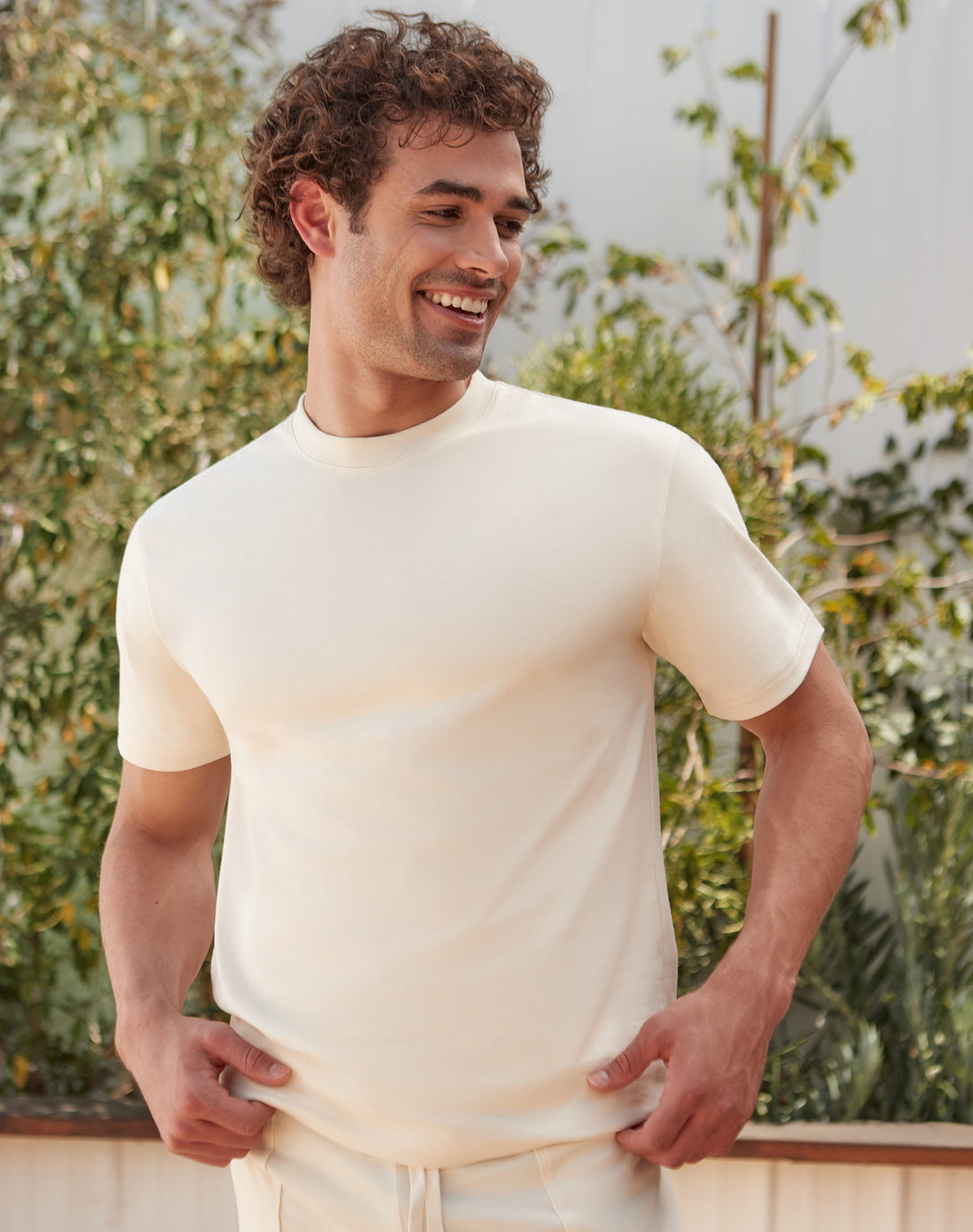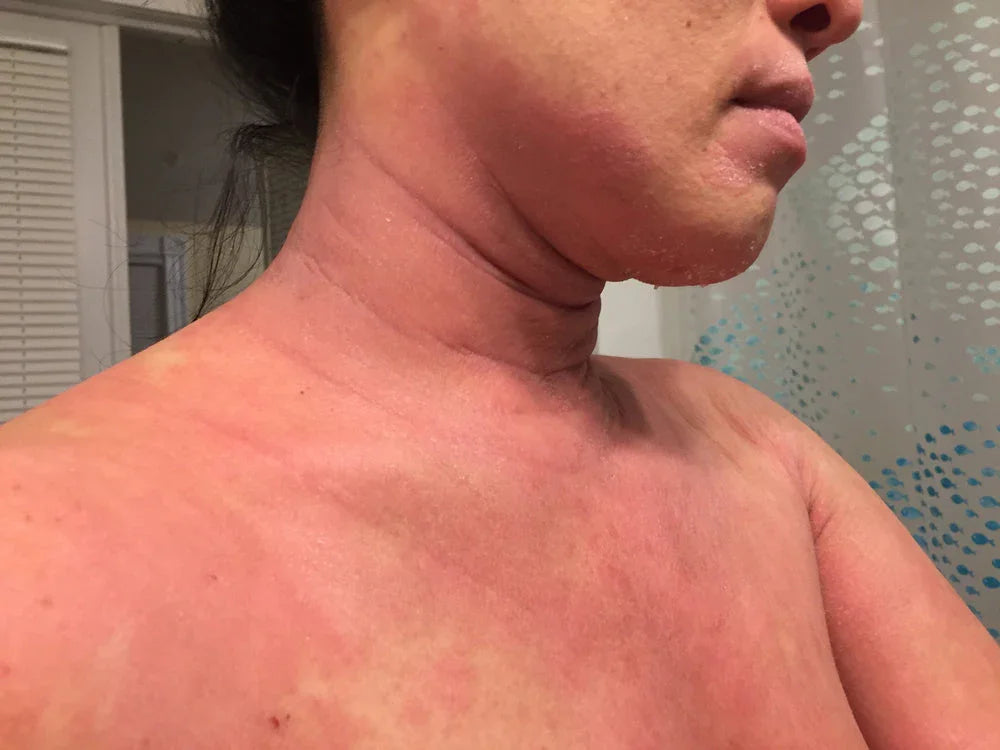The Contact Dermatitis and Clothing Connection
Persons who suffer with dermatitis or sensitive skin have a difficult time living day to day avoiding allergens and the dreaded rash, itching and discomfort that comes with it. I have sensitive skin and prone to develop contact dermatitis at any time often reacting to something next to my skin that I have used for long periods of time. I recently had to discard my favorite pair of pants after months of developing a rash on my stomach and side whenever I wore them. How could this be I said to myself, of all the things in the world to have, why did I inherit this strange skin?
While researching the matter I came across some interesting information regarding contact dermatitis and clothing. It seems there are quite a few people who develop contact dermatitis from formaldehyde resins which are used for textile finishes. Apparently it's pretty common in women but men can also develop the condition if they have sensitive skin. I was amazed and had no idea that formaldehyde was used on fabrics. Can you imagine being allergic to your clothes? If you are experiencing a chronic recurring rash on various part of your body, particularly where clothes fit tightly you may want to contact your Dermatologist and request testing for this sensitivity. The rash can get particularly irritated from perspiration and in areas where the friction of the fabric rubs against the skin.
According to the American Contact Dermatitis Society common eruption sites include the posterior neck, upper back, lateral thorax (part of the body between the head or neck and abdomen), waistband and flexor (fingers) surfaces. It can however appear in other areas like the forehead if you wear a cap that's been treated with formaldehyde.
Formaldehyde is used to make clothing that is wrinkle resistant (permanent press) and these can release significant amounts of the substance. The American Contact Dermatitis Society states that rayon, blended cotton, corduroy, wrinkle-resistant 100% cotton, and any synthetic blended polymer are likely to have been treated with formaldehyde resins. Women's clothing also includes lingerie and undergarments.
Many individuals are allergic to formaldehyde and know to avoid personal care products that contain formaldehyde releasing preservatives. Keep in mind that many pharmaceuticals including OTC drugs also use these same preservatives so it's not limited to skin care products. For those sensitive to formaldehyde clothing can also be a stong source of irritation.
Each country has its own manufacturing standards for acceptable levels for formaldehyde resins. A low indicator of formaldehyde releasing resin would be 75 ppm which is the Japanese standard, the US standard is somewhere near 300ppm, quite a difference.
Fabrics safe to wear: 100% silk, 100% linen (if it wrinkles easy), 100% polyester, 100% acrylic, 100% nylon, spandex, flannel (soft), wool (may cause irritation) and denim.
Do not wear these fabrics: Permanent press, wrinkle resistant, color-fast, stain-resistant, blends (including rayon, polyester-cotton), corduroy or shrink-proof wool.
It is suggested that you read the labels in your existing clothing and separate them in your closet so you will know what's safe to wear. Always opt for loose fitting clothing since friction and perspiration can cause the condition to flare. Read the labels in any new clothing before you purchase. Clothes made in Japan are the safest and companies that sell clothes in Japan also have to meet the Japanese standard.
Companies that meet the Japanese standard: GAP, Old Navy, Banana Republic, Liz Claiborne, Eddie Bauer, Cuddle Duds and Levi Strauss. There may be others but these were on the list from the American Contact Dermatitis Society.
If you suspect that you or a loved one may have this sensitivity please contact your dermatologist to be tested. Also visit the website of The American Contact Dermatitis Society for more detailed information.
Source: Y Walker, http://www.clothing-racks.tk/270165-The-Contact-Dermatitis-and-Clothing-Connection.html








300 comments
Does anyone note independent movement in their new clothing or bedding?
I have this, its driving me mad so I buy old old stock (vintage called new old stock) to avoid this. I’m sure its a parasite because I’ve ended up with sores on me where I lean my weight against the cotton. Does anyone have a list of sellers of actual sterile clothing and bedding sellers? It would immensely help.
I’m told its a GMO parasite used in cotton farming to cut down on chemical pesticides. But doesn’t that sound far fetched to you?
I mean, how would I even get an item of my clothing analysed?
Thanks in advance :-)
Glad I found this. They are patch-testing me again this week, after 3 1/2 months of itching and severe rash all over. Allergist did not tell me to stay off of certain medications that intefere with skin tests, so my test showed no reaction to any of the 50 allergens, although the rash all over my body (except my face), got about 3 x worse during the test. My original Dermatologist is doing it this time, correctly. since it started at my ankles and worked it’s way up to all-over, I suspect the formaldehyde preservatives in personal products and other soaps; but I had always thought we washed the sizing out of fabrics when we washed them the first time. I have to add, that I never did that before wearing something, because once most things are washed (even permanent press), they never look as good as they did when we bought them. I have worn lots of things that never got worn again, after they were washed. Anyway, it never bothered me before, but sure is now. Glad to get the list of safe fabrics, and some of the brands. How sure are we that these fabrics do not have sizing? I have always worn a lot of polyester and acrylic, because they are usually soft and silky, and do not wrinkle (until they started adding spandex to everything); I do not iron. If it needs ironing, it goes in the give-away group. I am going to print out this article, to show my Dermatologist, just in case she doesn’t know that the formaldehyde doesn’t wash out.
@Dan:
Hi Dan! Normally, removing formaldehyde from clothing at home is a long and arduous process. Tips range from soaking the fabric in powdered milk to rinsing them with vinegar. Many techniques involve around 4 hours of soaking before washing, and then repeating this process several times. Even then, we can’t guarantee any of these work, unfortunately!
The best way really is to shift to formaldehyde-free clothing. :)
I recently bought a flannel shirt with a corduroy collar and could not figure out why I was getting a rash on my neck after wearing the shirt. Thank you for the info! It seems it can certainly affect men as well. I am disappointed to have to retire this shirt, though. Is there not any cleaner that can saefly wash out the formaldehyde resin?
Thank you so much for your comments, it sounds just like my problem. I have seen allergists and dermatologists who all give me different answers!
…
60